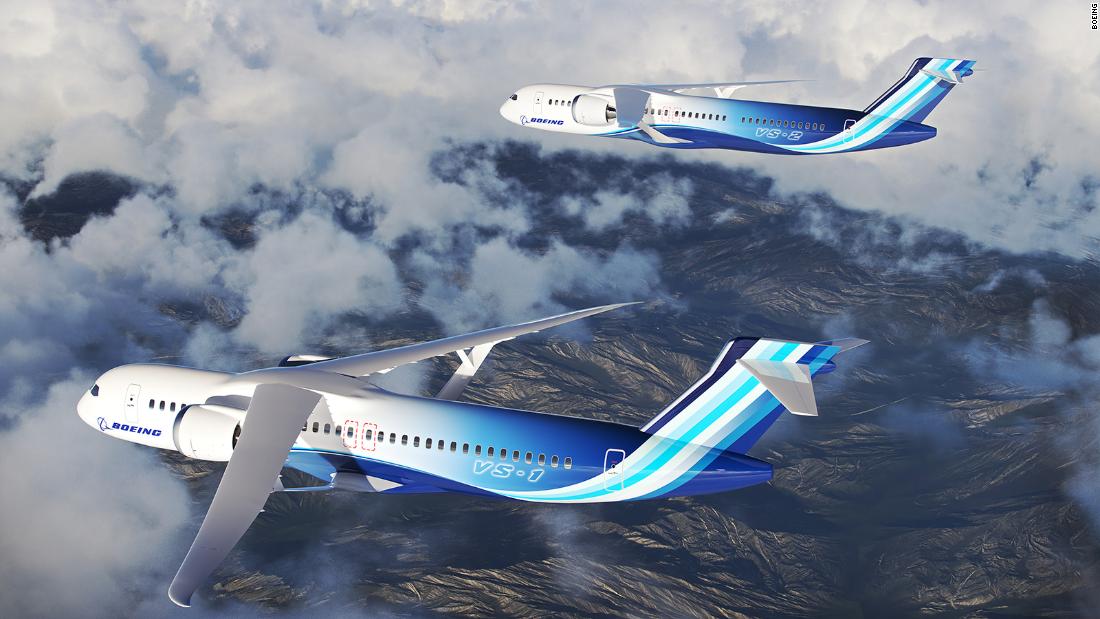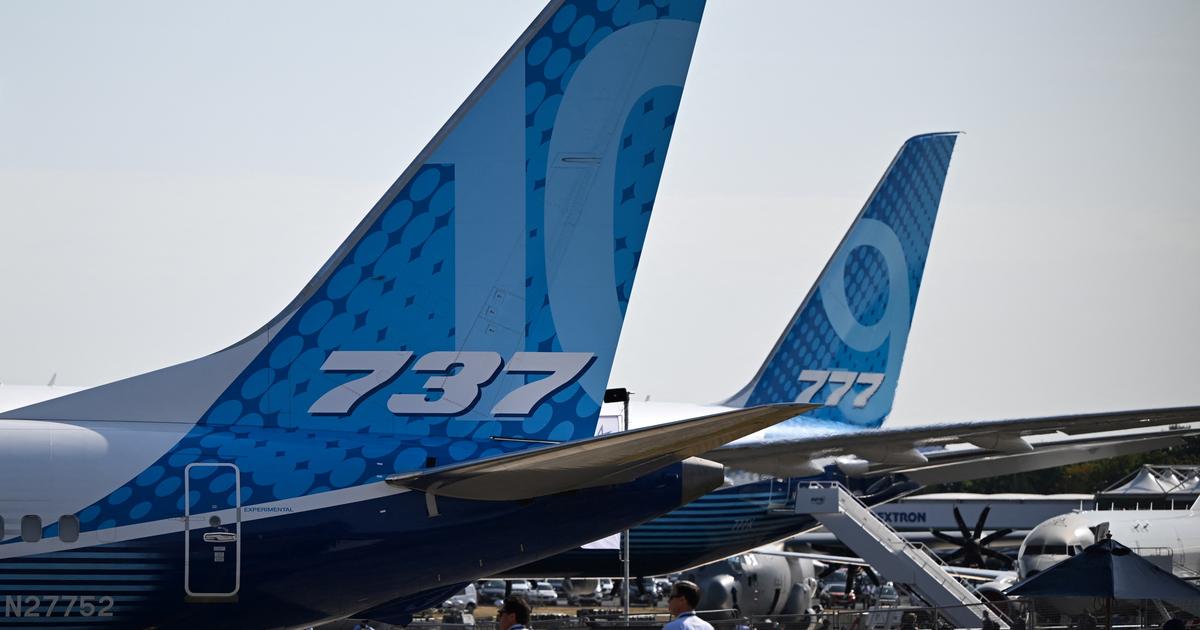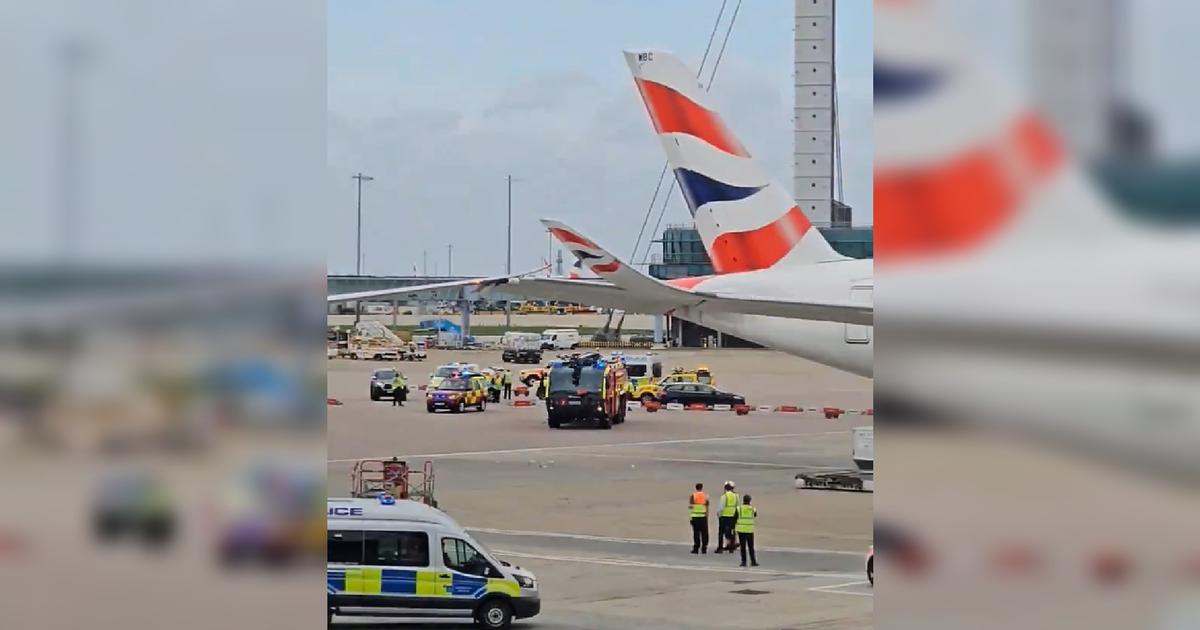Design for the Transonic Truss-Braced Wing of the NASA and Boeing sustainable aircraft project.
(CNN) --
Greener commercial flight technology may be on the horizon.
NASA and Boeing will work together on the Sustainable Flight Demonstrator project to build, test and fly a single-aisle aircraft that reduces emissions within this decade, according to an agency announcement Wednesday.
"From the beginning, NASA was with you when you fly. NASA dared to go further, faster, higher. And by doing so, NASA made aviation more sustainable and reliable. It's in our DNA," he said. NASA Administrator Bill Nelson in a statement.
Why reclining seats are about to disappear from airplanes
"Our goal is that NASA's partnership with Boeing to produce and test a full-scale demonstrator will help create future commercial aircraft that are more fuel efficient, with benefits for the environment, the commercial aviation industry, and for passengers around the world. If we are successful, we may be able to see these technologies on aircraft taking the public to the skies in the 2030s."
The first test flight of this experimental aircraft will take place in 2028. The goal is for that technology to serve about 50% of the commercial market via short- to medium-haul single-aisle aircraft, Nelson said.
NASA Administrator Bill Nelson introduces the Sustainable Flight Demonstrator on January 18, 2023, in Washington, DC.
(Credit: Alex Wong/Getty Images)
Airlines rely heavily on single-aisle aircraft, which account for nearly half of global aviation emissions, according to NASA.
Developing new technology to reduce fuel use can contribute to the Biden Administration's goal of achieving net zero carbon emissions from aviation by 2050, as set out in the US Aviation Climate Action Plan. USA
advertising
Boeing estimates that demand for new single-aisle aircraft will increase by 40,000 aircraft between 2035 and 2050.
The design that NASA and Boeing are working on could reduce fuel consumption and emissions by up to 30% compared to today's most efficient aircraft, according to the agency.
Delta Air Lines implements free Wi-Fi on its planes
The "Transonic Truss-Braced Wing" concept features thin, elongated wings stabilized by diagonal struts that connect them to the aircraft.
The shape of the design creates less drag, which means it burns less fuel.
The Sustainable Flight Demonstrator will also bring other green technologies to aviation.
"NASA is working toward the ambitious goal of developing innovative technologies that reduce aviation energy use and emissions for decades to come, aiming for a goal of net zero carbon emissions by 2050," said Bob Pearce, Associate Administrator. from NASA to the Aeronautics Research Mission Directorate, in a statement.
"Transonic Truss-Braced Wing is the kind of transformative concept and also the kind of investment that we will need to meet those challenges, and critically, the technologies in this project have a clear and viable path to the next generation of single-aisle aircraft. , benefiting everyone who uses the air transportation system."
NASA Administrator Bill Nelson holds up a model of the aircraft with Transonic Truss-Braced Wing technology.
(Credit: NASA/Joel Kowsky)
The benefits of increasing the wing's aspect ratio have long been known, but the challenge of framing that design has required advances in materials and construction to get to this point of development, Pearce said.
By partnering on the project, NASA and Boeing can take on more risk than the aviation industry can on its own, he said.
"This is an experimental aircraft," he said.
"This is not a commercial development of an airplane that passengers will fly today. And the reason we need to do this is because it's high-risk technology. We're trying to validate that technology."
The partnership, backed by the Funded Space Act Agreement, will be based on NASA's technical expertise, facilities, and $425 million over seven years.
Meanwhile, Boeing and its partners will contribute the US$725 million and the technical plan.
"We are honored to continue our partnership with NASA and to test technology that significantly improves aerodynamic efficiency, resulting in substantially lower fuel consumption and emissions," said Todd Citron, Boeing's chief technology officer.
PlaneBoeingNASAsustainable






